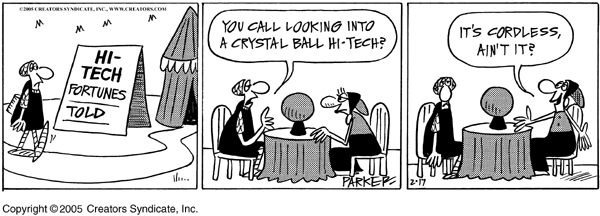| March, 2005 |  |
< Prev Page 8 Next > |
| March, 2005 |  |
< Prev Page 8 Next > |

|
GET YOUR MILLIWATT ON LINE! http://www.bratsatv.org Click on MILLIWATT and then on the issue you want |
NEXT BRATS MEETING Tuesday, March 8, 2005 7:30 PM, Pikesville Library |
| March, 2005 |  |
< Prev Page 8 Next > |